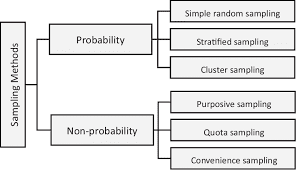Secondary
Physics
Topic:
Refraction of light and optical instruments
Objectives
General
objective
To develop
students’ understanding of the refraction of light by involving the students in
practical activities
Specific
objectives (Cognitive domain)
Knowledge
The students
will orally state the two laws of refraction of light after discussion in pairs
within 3 minutes.
Comprehension
The students will explain in writing the
refraction of light through water after drawing a figure of a pencil drowned in
a beaker of water within 5 minutes.
Application
The students
will calculate the index of refraction of a material whose angles of incidence
and refraction are given by applying Snell’s law within 4 minutes.
Analysis
The students
will compare the human eye and camera in terms of their structures looking at
their figures within 5 minutes.
Synthesis
The students
will create a model of a periscope based on the principle of total internal
reflection of light using lenses and prisms.
Evaluation
The students
will justify the significance of optical instruments in our daily life
Affective
domain
Receiving
The
students will pay attention to the convex and concave lenses shown by the
teacher.
Responding
The
students will willingly observe the convex and concave lenses held in their
own hands.
Valuing
The
students will initiate activities related to the refraction of light through
lenses such as looking at each other in the convex and concave lenses.
Organization
The
students will prepare a schedule to perform activities using lenses such as
making models of cameras, telescopes, periscopes, etc.
Characterization by value
After
completing this chapter on the refraction of light the students will decide to join a such profession where optical instruments are used.
Psychomotor domain
Reflex movements
The
students will be able to lengthen the interval between two blinks of their eyes
after observing the slide in a compound microscope.
Fundamental movements
The
students will be to move forth and back in front of a convex lens to get a real
image of a lighted candle behind the lens.
Perceptual abilities
The
students will keep their balance on their toes to see all the drawing pins in a
straight line while observing the phenomena of light refraction through a glass
slab on a drawing board.
Physical abilities
Assuming
the body as normal, right hand as a ray of incidence, left hand as a ray of
refraction, and body part below than shoulders as in the denser medium while the above part as a rarer medium, the students will show quickly by using their arms
the angles of incidence and angles of refraction of light and their
relationships as well as when will be total internal reflection occur.
Skilled movements
Assuming
two quite distant lines as a fabric glass tube, the students will be able to
act as the rays of light by using their bodies to show the path of rays of light
in the tube during total internal reflection.
Non-discursive movements
The
students will explain the function of a compound microscope by miming it.


0 Comments
Post a Comment